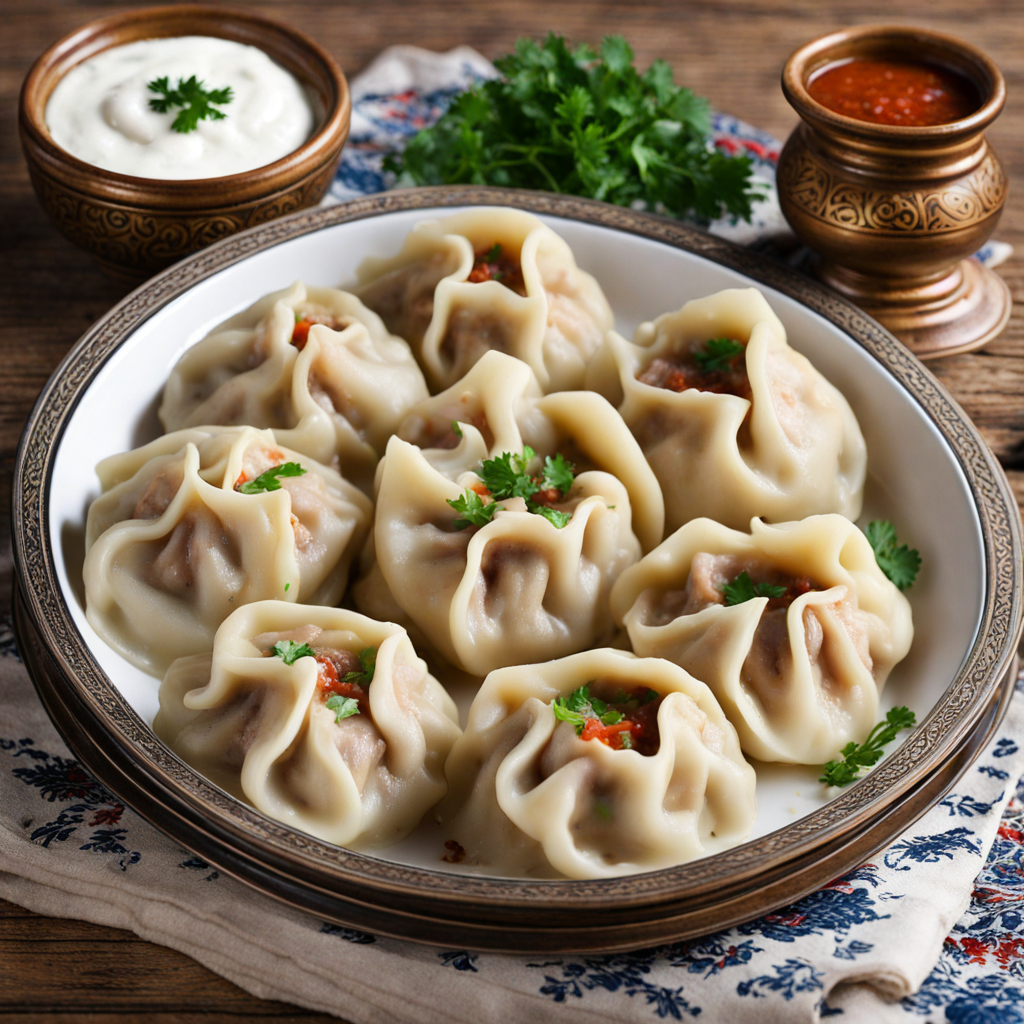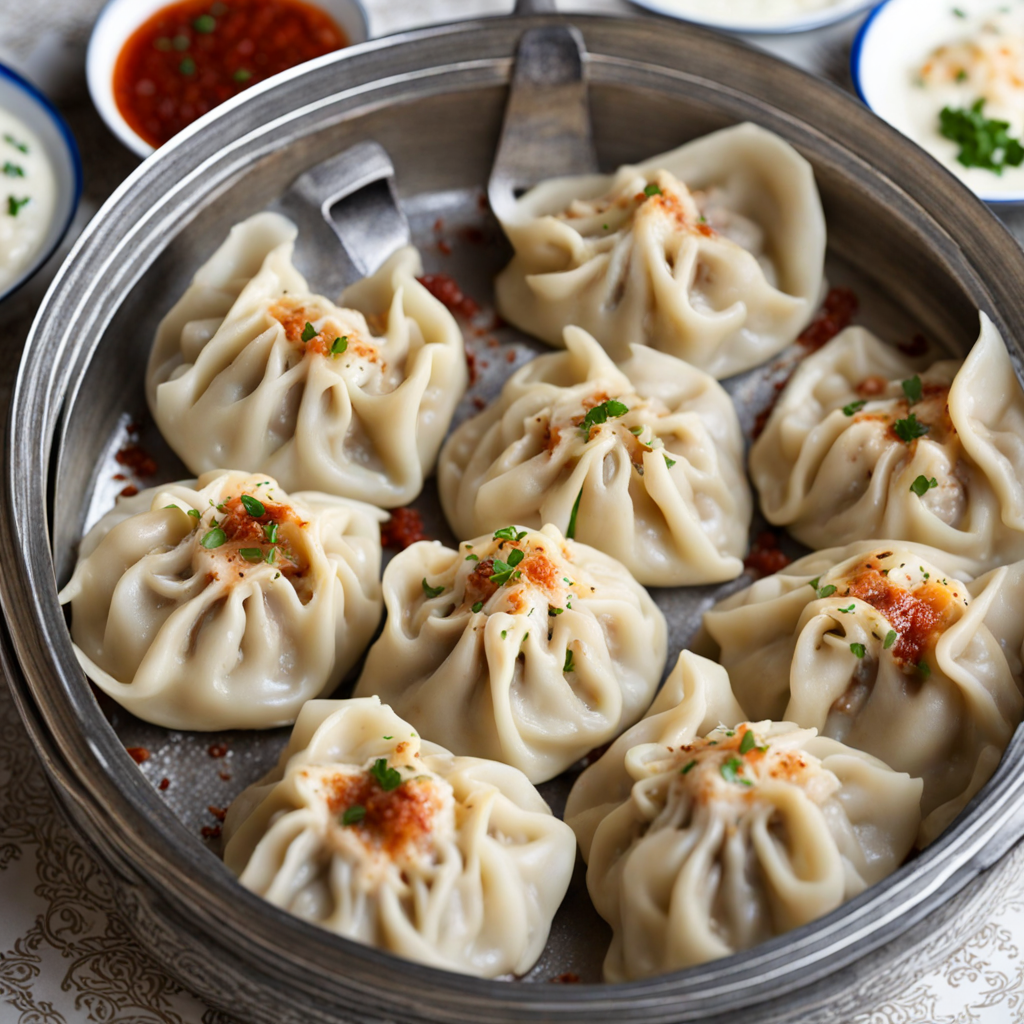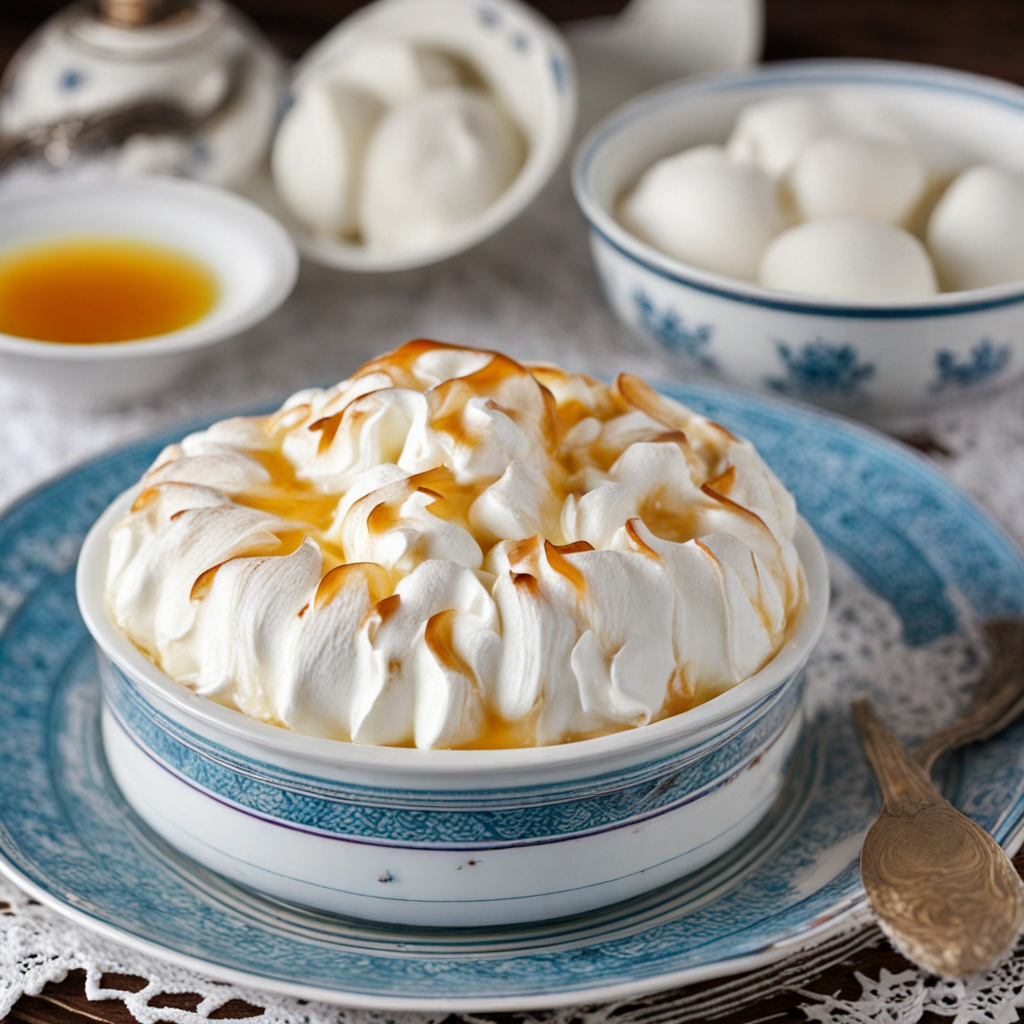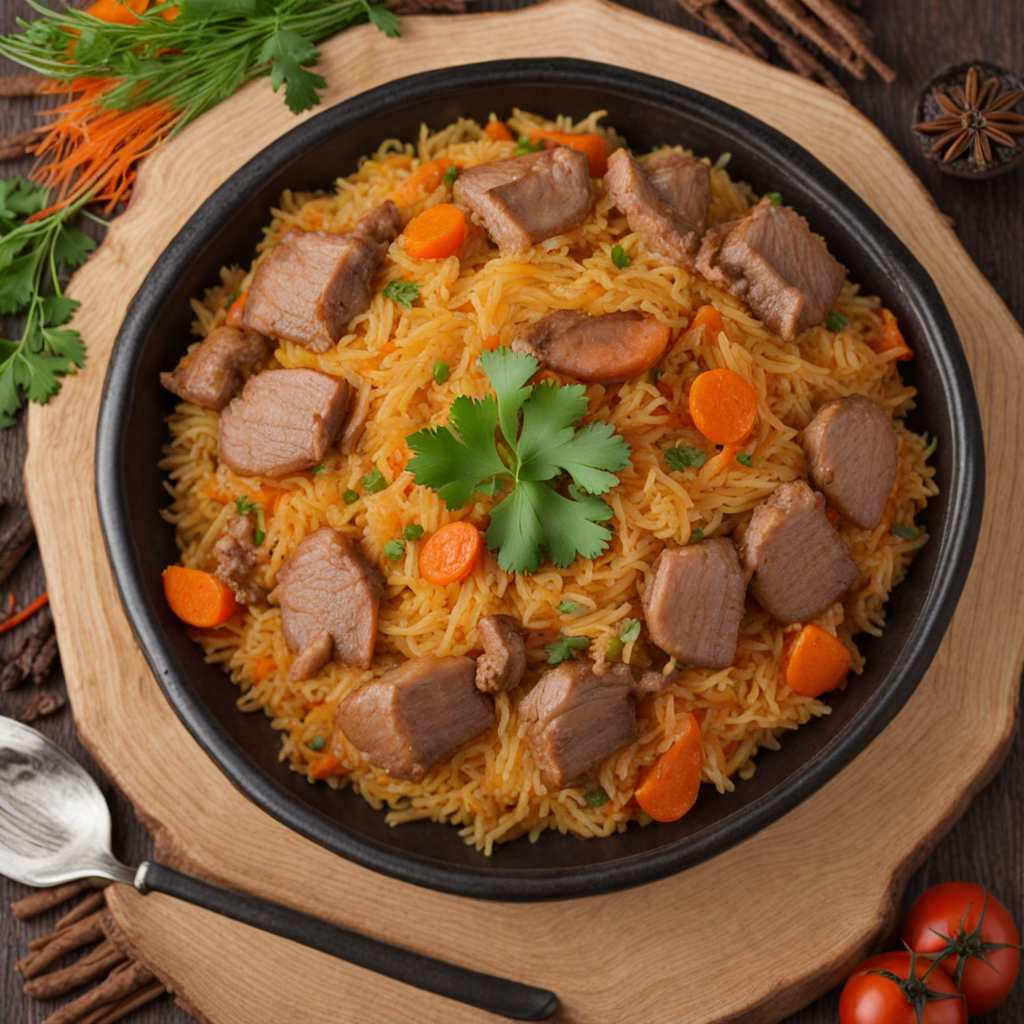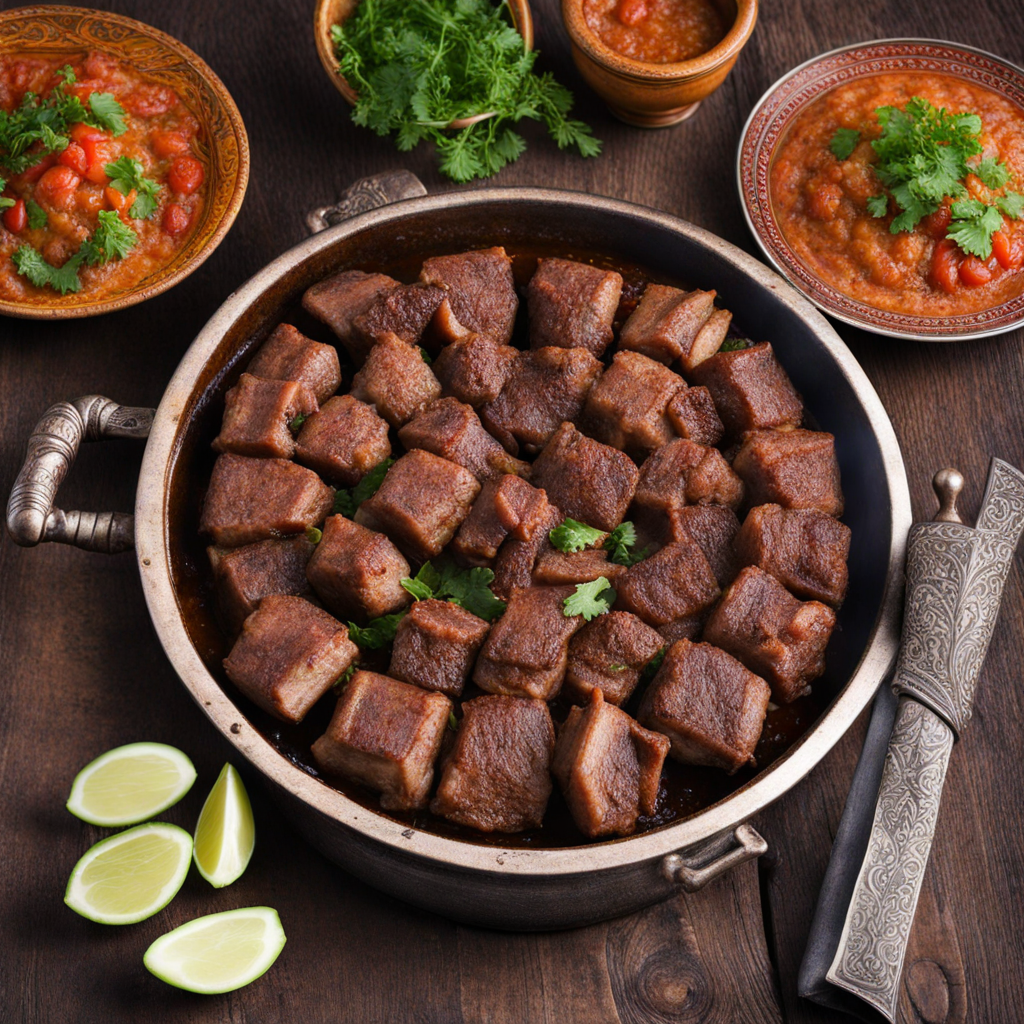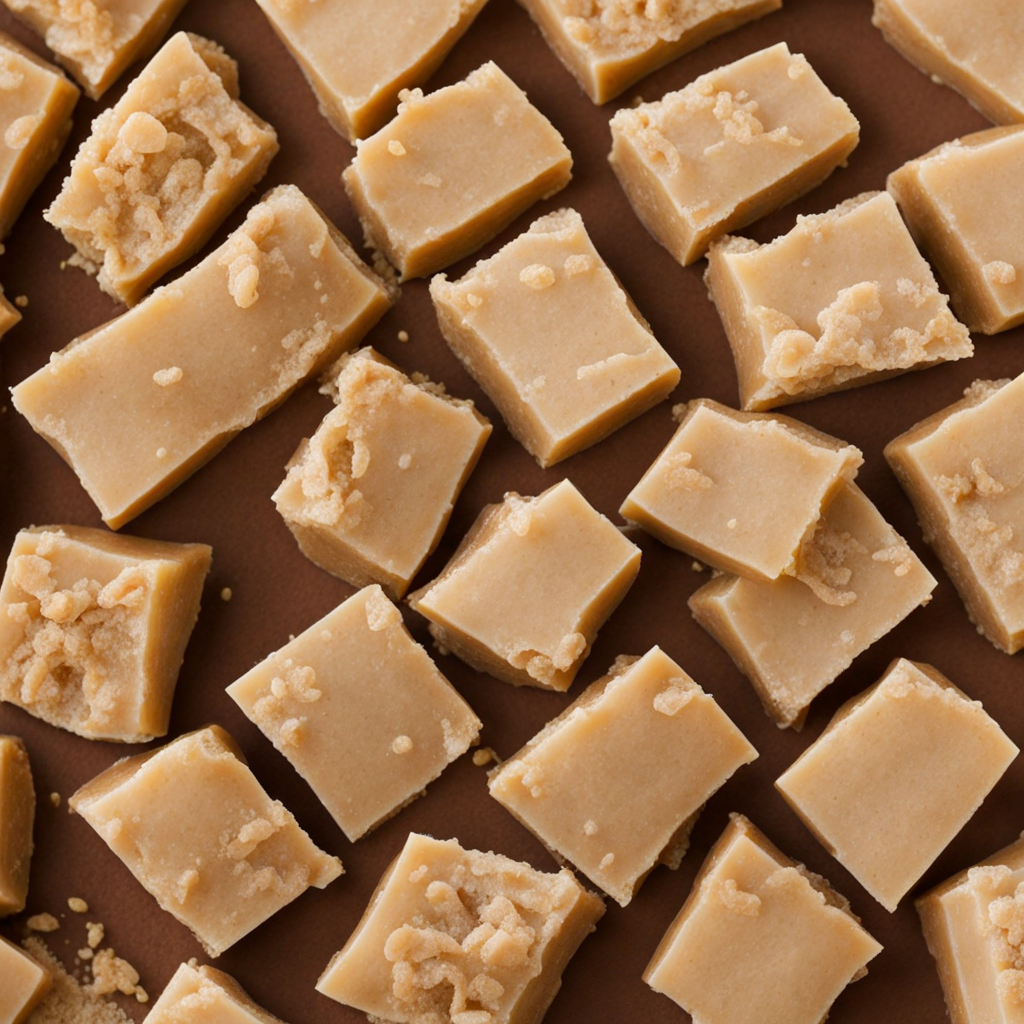Manti
Manti is a beloved Uzbek dish that showcases the rich culinary traditions of Central Asia. These delightful dumplings are typically filled with a mixture of finely minced meat, often lamb or beef, mixed with onions and a blend of spices that elevate their flavor profile. The dough is made from simple ingredients like flour and water, rolled out thin, and then expertly wrapped around the savory filling, creating a pocket of goodness that captures the essence of Uzbek cooking. The preparation of manti is an art form, as the dumplings are often steamed in a special multi-tiered pot called a "mantovarka," allowing them to cook evenly while retaining their tender texture. One of the most appealing aspects of manti is its versatility. While the traditional filling is meat-based, variations abound, with some cooks opting to include vegetables or a combination of both. The addition of spices such as cumin, coriander, and black pepper enhances the flavor, while fresh herbs like dill or cilantro can be sprinkled on top before serving. Manti is often accompanied by a tangy yogurt sauce or a drizzle of melted butter, adding a creamy richness that complements the dish beautifully. Each bite of manti offers a satisfying contrast between the tender dough and the juicy, flavorful filling, making it a comforting and hearty meal. In Uzbekistan, manti is more than just food; it’s a communal experience. Families often gather to prepare these dumplings together, sharing stories and laughter as they roll the dough and fill each piece. This tradition not only highlights the importance of manti in Uzbek culture but also emphasizes the warmth of hospitality that accompanies the dish. Served on festive occasions or as a daily meal, manti captures the essence of Uzbek cuisine—simple yet profound, hearty yet elegant—inviting anyone who tries it to embark on a culinary journey through the heart of Uzbekistan.
How It Became This Dish
The History of Манти: A Culinary Journey through Uzbekistan #### Origins and Influences Манти (manti) is a beloved dish in Uzbekistan, known for its deliciously seasoned meat wrapped in tender dough and steamed to perfection. The origins of manti can be traced back to ancient Central Asia, with influences from various cultures that have traversed the Silk Road. This iconic dish is believed to have roots in the nomadic practices of the Turkic peoples, who relied heavily on portable and sustainable foods during their migrations. Historically, the concept of dumplings, which manti is a variant of, can be linked to the Mongols, who are thought to have introduced the method of steaming meat encased in dough. As the Mongol Empire expanded across vast territories, this culinary technique reached different regions, adapting to local ingredients and tastes. In Uzbekistan, manti became a staple, incorporating spices and flavors unique to the region. #### Cultural Significance In Uzbek culture, food is not just sustenance; it is a vital part of social gatherings, familial bonds, and celebrations. Manti, in particular, holds a special place during significant events, such as weddings, holidays, and family reunions. The preparation of manti is often a communal activity, where family members come together to roll dough, shape the dumplings, and fill them with a savory mixture of ground meat, typically lamb or beef, combined with onions, garlic, and a blend of spices. This collective effort reinforces social ties and passes down culinary traditions from one generation to the next. Moreover, manti is a dish that symbolizes hospitality in Uzbek culture. When guests arrive, serving fresh manti is a gesture of warmth and generosity. It is often presented with a side of yogurt or a spicy sauce, inviting guests to enjoy the flavors and engage in conversation. The act of sharing food, especially a dish as labor-intensive as manti, reflects the importance of community and kinship in Uzbek society. #### Development Over Time As Uzbekistan evolved through various historical epochs, so did manti. The establishment of the Timurid Empire in the 14th century marked a period of cultural flourishing, where culinary arts saw significant advancements. The influence of Persian and Arab cuisines introduced new flavors and techniques, enriching the traditional manti recipe. During this time, the addition of spices such as cumin and black pepper became prevalent, further enhancing the dish's depth of flavor. In the 20th century, as Uzbekistan became a part of the Soviet Union, the culinary landscape began to change. While manti remained a cherished dish, the availability of ingredients and cooking methods adapted to the new socio-economic context. The introduction of modern kitchen appliances made the preparation of manti more accessible, allowing for variations in cooking methods, including boiling and frying, alongside the traditional steaming approach. Despite these changes, the essence of manti has remained intact. The dish continues to represent the rich tapestry of Uzbek culture, reflecting the resilience of traditions amidst modernization. In contemporary times, manti has gained international recognition, appearing in restaurants worldwide, often celebrated as an emblem of Central Asian cuisine. #### Regional Variations While manti is a staple across Uzbekistan, regional variations exist that highlight the diversity of local ingredients and culinary practices. In the Fergana Valley, for instance, manti may be larger and filled with a mixture of lamb and pumpkin, offering a unique twist on the classic recipe. In other regions, such as Samarkand and Bukhara, manti might be served with a more elaborate sauce, incorporating elements like tomato or vinegar, showcasing the regional flair that characterizes Uzbek cuisine. Another notable variation is the preparation of manti during the winter months. In colder climates, families often make manti with a thicker dough to retain heat and moisture, making for a heartier meal. The adaptability of manti to seasonal ingredients and local preferences underscores its enduring popularity and relevance in Uzbek culinary practice. #### Manti in the Modern Era In the 21st century, manti has transcended its traditional roots to become a symbol of Uzbek identity on the global stage. With the rise of the internet and social media, culinary enthusiasts and chefs have begun to explore and promote Uzbek cuisine, bringing dishes like manti to new audiences. Food blogs, cooking shows, and international food festivals have played a crucial role in introducing this exquisite dumpling to a broader demographic, often highlighting its unique preparation methods and cultural significance. In Uzbekistan itself, manti remains a staple in everyday life. Street vendors and restaurants serve this dish in various styles, from the traditional to innovative interpretations that incorporate modern culinary techniques. The revival of interest in traditional foods and artisanal cooking has further contributed to the resurgence of manti as a must-try dish for both locals and tourists. #### Conclusion The story of manti is one of cultural exchange, resilience, and community. From its nomadic origins to its place in modern Uzbek society, this dish encapsulates the heart of a rich culinary heritage. As it continues to evolve, manti not only serves as a delicious meal but also as a testament to the enduring power of food in preserving cultural identity and fostering connections among people. Through every bite, one tastes the history and tradition of Uzbekistan, making manti not just a dish, but a celebration of life, love, and togetherness.
You may like
Discover local flavors from Uzbekistan


